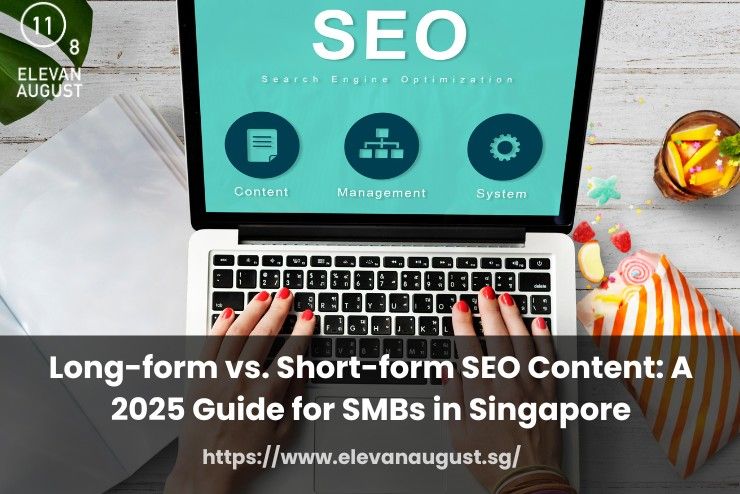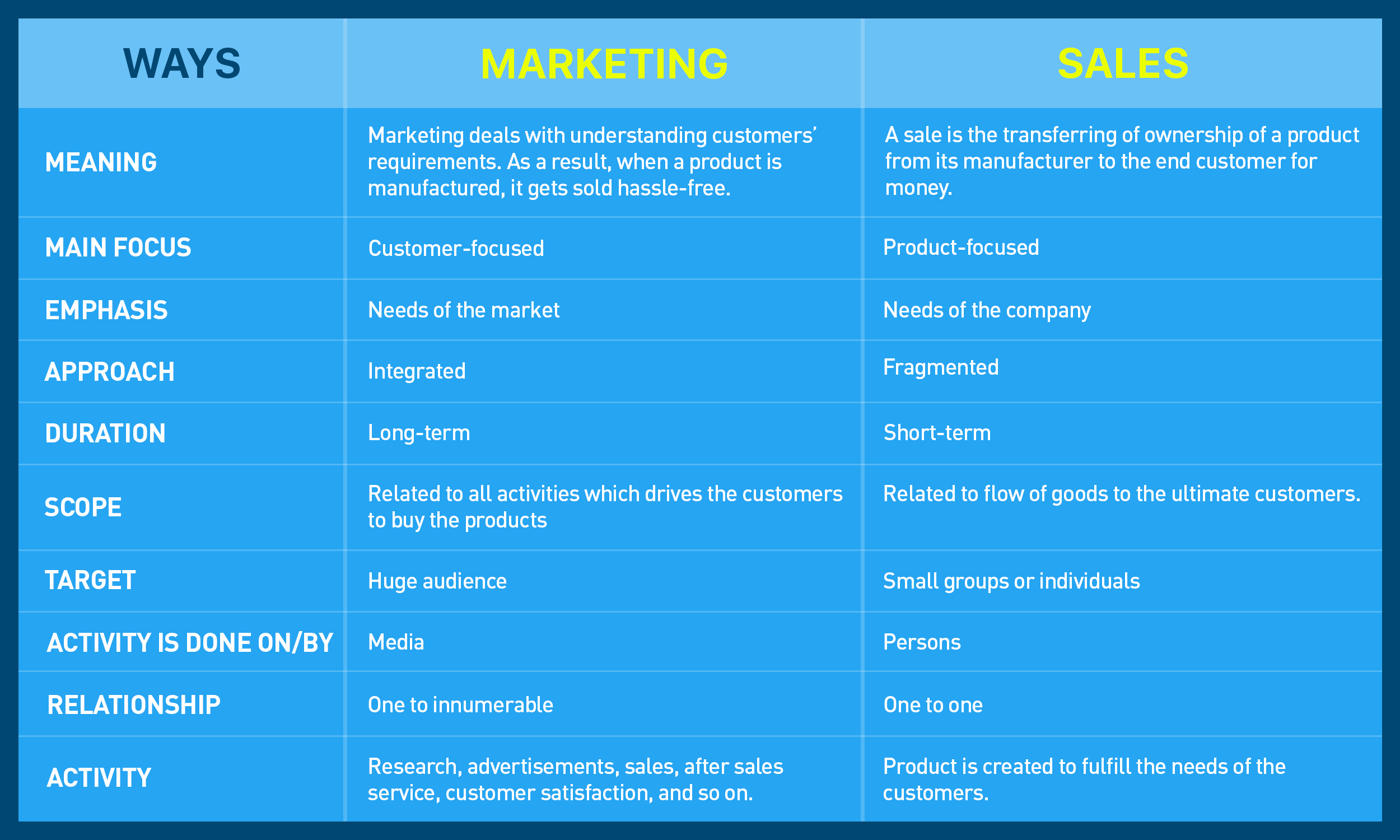Most small and mid-sized businesses want their content to rank, bring traffic, and lead to action. But when every keyword suggestion comes with a different content length, it gets confusing.
Some guides say 2,000 words. Others say 300 is enough.
The truth depends on what your reader is trying to do. And what you’re trying to achieve with that page. Word count becomes useful only when it serves a clear goal.
Here’s a breakdown to help you decide what fits your strategy (and how to build a mix that delivers more value over time.)
Long-form content helps you rank for broad, high-value topics
Some topics require more space. When a reader wants clarity or comparison, long-form gives you room to break things down properly.
A detailed piece lets you cover steps, offer context, and link related points. It also helps Google understand the topic better, which can improve visibility across multiple searches.
For SMBs building authority, this format often acts as a strong starting point. Many teams working with a content marketing Singapore partner begin with long-form to anchor their content strategy.
Short-form content supports action-driven or answer-first pages
Not every reader wants depth. Some search with the goal of getting a price, booking a slot, or reading a short how-to. These users prefer content that gets straight to the point.
Short-form suits product pages, FAQs, announcements, or anything where speed matters. If someone searches “cheapest courier service Singapore,” a sharp 300-word comparison is more useful than a deep essay.
Instead of stretching content, focus on structure. Headers, bolded text, and answer-first formatting make short-form more usable and effective.
Let intent decide what format to choose
Before you decide on content length, figure out what the reader is trying to get done. Are they comparing options? Are they learning something new? Or are they just confirming a small detail?
This decision shapes how you plan and write. Long-form works when someone is exploring. Short-form fits when someone is acting or checking.
Experienced teams (whether in-house or from a content marketing agency Singapore businesses work with) usually start planning around intent first, not keyword volume.
Mix formats to strengthen your content system
The best SEO strategies use both formats together. A long-form article can be your core page. Around it, short-form articles can handle updates, spin-off topics, or smaller sub-questions.
When internal links connect these pieces clearly, it helps both Google and readers. This structure increases time on site, spreads traffic more evenly, and improves relevance at every level.
It also gives you more chances to rank for variations without rewriting the same page.
Clear writing beats word count every time
Whether you write 300 words or 2,000, your content needs to make sense and stay readable. Formatting, tone, and flow matter more than length.
This is where trained writers working in SEO copywriting Singapore know how to shape content that holds attention while still working with search rules. Good writing doesn’t feel long, even when it is. And short content only works when it feels complete.
Keep your writing grounded, active, and easy to follow. That’s what Google (and your reader) actually responds to.
Final Thoughts
Content length on its own does not decide performance. What matters more is whether the piece helps someone take the next step. That might mean understanding a topic in depth, comparing available options, or finding a clear reason to act.
Choosing between long-form and short-form begins with knowing your audience and what they expect from that search.
That’s how we approach content. We help teams plan with intention, map out what needs to be said, and write in a way that feels natural while still performing in search.
If you’re building a strategy that needs structure, clarity, and stronger results, we’re ready to support that. Reach out when you’re ready to make your content work harder and smarter.






